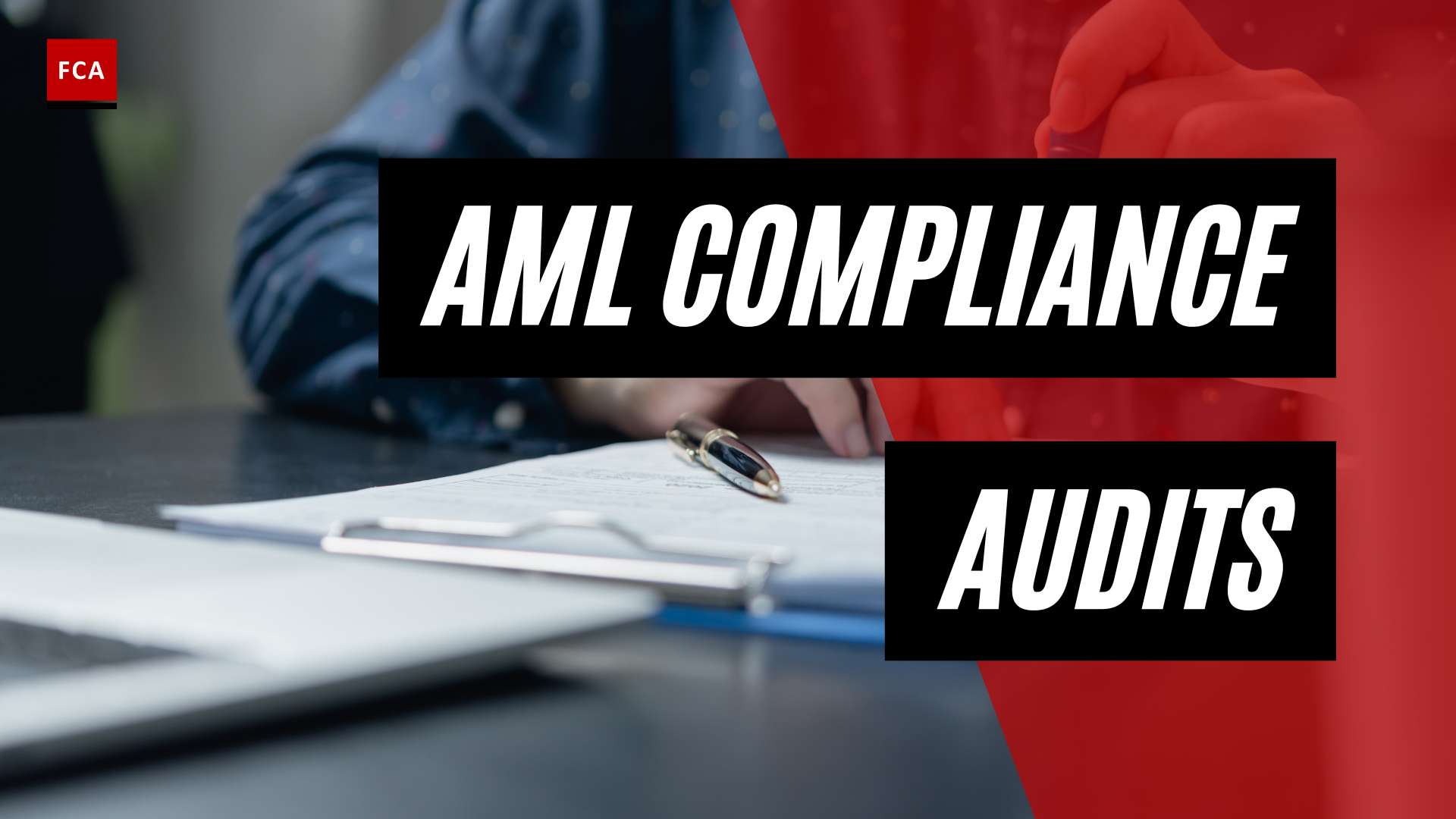Introduction to AML Compliance
Anti-money laundering (AML) compliance is a crucial aspect of financial operations worldwide. It involves a set of laws, regulations, and procedures aimed at preventing criminals from disguising illegally obtained funds as legitimate income.
Definition and Importance of AML
Anti-money laundering (AML) refers to a set of procedures, laws, and regulations designed to halt the practice of generating income through illegal actions. In most instances, money launderers mask their actions through a series of steps that make it appear as if money coming from illegal or unethical sources was earned legitimately.
The importance of AML cannot be overstated. It not only helps in preventing financial fraud but also plays a critical role in safeguarding the integrity of financial institutions and systems. Effective AML practices are crucial in combating various forms of financial crime, including money laundering, terrorist financing, and other illicit financial activities.
For a more detailed understanding of AML, you can visit our guide on what is aml.
Legislative Background of AML
AML compliance is rooted in several key pieces of legislation. The U.S. government passed the Money Laundering Control Act of 1986 and the Financial Institutions Anti-Fraud Enforcement Act of 1990. These laws criminalized money laundering in the United States and required banks to institute and maintain effective AML programs.
An earlier piece of legislation, the Bank Secrecy Act of 1970 (BSA), requires financial institutions in the United States to assist U.S. government agencies in detecting and preventing money laundering.
The BSA/AML regulations, initially applied to banks and credit unions, have been expanded over the past three decades to cover a wide array of financial institutions. The goal is to safeguard the financial system from illicit use and combat money laundering.
An effective BSA/AML compliance program consists of five key components: Risk Assessment, Internal Controls Review, Independent Testing (Audit), BSA/AML Compliance Officer, and BSA/AML Compliance Training. These components are essential for ensuring compliance with regulations and promoting best practices for fraud control and long-term profitability.
For a comprehensive understanding of the legislative background of AML, you can refer to our article on aml regulations.
Core Components of AML Programs
AML compliance involves a comprehensive approach that includes several core components that work together to create an effective anti-money laundering strategy. These components include establishing robust policies and procedures, conducting independent audits, and implementing continuous monitoring and testing measures.
Policies and Procedures
Comprehensive policies and procedures that address the full range of AML compliance issues are crucial for financial institutions. These must be in writing and accessible to relevant personnel like relationship managers, branch managers, and financial sales representatives, ensuring a solid foundation for every component of the program (Flagright).
The policies should clearly outline the organization’s stance on AML compliance, its legal obligations, and the steps it will take to prevent, detect, and report suspicious activities. The procedures, on the other hand, will detail the practical steps that employees should take to adhere to these policies.
These policies and procedures often involve a combination of customer identification procedures, customer due diligence, and continuous transaction monitoring to create a comprehensive framework for identifying and preventing money laundering activities (Trulioo). For detailed specifics about AML policies, you can refer to our article on AML Policy
Independent Audits
Independent audits are another core component of an effective AML compliance program. These audits should be performed by third-party organizations, mandated every 12-18 months, although some institutions in high-risk areas may require more frequent assessments.
The audit should be specific to the institution and conducted by qualified entities, separate from the AML and Compliance departments in large institutions. These audits help to ensure that the AML program is functioning effectively and that the organization is adhering to all relevant AML regulations.
Continuous Monitoring and Testing
Continuous monitoring and testing of AML compliance programs are crucial for financial institutions. These programs generate significant data allowing institutions to measure compliance effectively. Annual independent evaluations and testing should be carried out, and reports should be delivered directly to the CEO, senior management, and the Audit Committee.
Monitoring and testing involve reviewing customer transactions and behavior for any AML red flags, ensuring that the risk profiles of customers remain accurate, and verifying that the organization’s AML policies and procedures are being followed correctly.
In summary, the core components of AML programs – policies and procedures, independent audits, and continuous monitoring and testing – are crucial for maintaining the financial integrity of institutions and mitigating the risks of money laundering and other financial crimes. For more information about the AML process, you can refer to our article on AML process.
Role of the AML Compliance Officer
The implementation and oversight of an institution’s Anti-Money Laundering (AML) program is a critical responsibility that typically falls on the shoulders of the AML Compliance Officer. This role is fundamental to ensuring that financial institutions adhere to AML regulations, thereby preventing financial crime (KYC Hub).
Responsibilities and Tasks
The AML Compliance Officer is tasked with several responsibilities that form the backbone of an effective AML program. These tasks often involve a combination of customer due diligence (CDD), enhanced due diligence (EDD), transaction monitoring, and suspicious activity reporting. Together, these measures create a comprehensive framework for identifying and preventing money laundering activities, helping organizations mitigate risks and comply with AML regulations effectively.
In addition to these tasks, the AML Compliance Officer must also conduct periodic reviews of the AML program, provide AML training to staff, and ensure the implementation of AML policies and procedures. They are also responsible for communicating the organization’s compliance status to the Board and senior management, ensuring that all levels of the organization are aware of their responsibilities when it comes to AML compliance.
Necessary Qualifications and Expertise
Given the critical role they play, AML Compliance Officers must possess a solid understanding of AML regulations and the ability to design and implement a robust compliance program. They should be knowledgeable about the various AML red flags that indicate potential money laundering activities, and the processes involved in an AML investigation.
Moreover, an effective AML Compliance Officer should have strong communication and leadership skills. They must be capable of providing clear guidance to staff, conducting effective training sessions, and ensuring that all employees understand and adhere to the organization’s AML policies and procedures.
In terms of formal qualifications, a degree in finance, law, or a related field can be beneficial, as can certifications in AML or compliance. However, practical experience in managing AML programs, conducting audits, and navigating complex regulatory environments is often considered just as, if not more, important.
The role of the AML Compliance Officer is a challenging one, but it is also highly rewarding. By effectively managing an organization’s AML compliance, these professionals play a crucial role in maintaining the integrity of financial systems, preventing financial crime, and ensuring that institutions can operate securely and confidently.
Technological Advances in AML Compliance
The constant evolution of technology has had a significant impact on the field of anti-money laundering (AML). Innovations such as artificial intelligence (AI) and machine learning, along with advanced data management strategies, are proving to be invaluable tools in enhancing AML compliance efforts.
AI and Machine Learning
AI and machine learning have emerged as powerful tools in the fight against financial crimes. These technologies can assist financial institutions in enhancing transaction monitoring capabilities for AML compliance by identifying suspicious activities more effectively.
Financial institutions can leverage machine learning and AI to analyze large volumes of data and identify patterns and anomalies that may indicate money laundering activities. This can significantly enhance the effectiveness and efficiency of AML compliance programs.
Moreover, AI and machine learning algorithms can continuously learn and adapt to new money laundering techniques, improving the detection and prevention of suspicious activities. This can help financial institutions stay ahead of evolving money laundering threats.
Data Management and Quality
Data quality and management are cornerstones of effective AML compliance. Financial institutions need to ensure the accuracy, completeness, and timeliness of the data they use for compliance purposes. This includes data related to customer profiles, transactions, and risk assessments.
Effective data management practices, including data cleansing, data integration, and data governance, are essential for maintaining high-quality data for AML compliance. This involves establishing data standards, implementing data validation processes, and ensuring data privacy and security.
Financial institutions can leverage advanced technologies such as data analytics, machine learning, and artificial intelligence to automate data management processes and improve data quality for AML compliance. This can reduce manual errors, enhance efficiency, and enable real-time monitoring of data quality.
In conclusion, the application of AI, machine learning, and advanced data management techniques is revolutionizing AML compliance. These technologies not only improve the efficiency of compliance operations but also help organizations stay one step ahead of financial criminals. As technology continues to evolve, so too will the strategies and tools used for AML compliance.
Challenges in AML Compliance
As crucial as it is, maintaining a robust AML (Anti-Money Laundering) compliance program is not without its challenges. These can range from grappling with diverse regulatory standards across multiple jurisdictions to managing complex data and technological demands, and even to the recruitment and retention of qualified AML professionals.
Regulatory and Cross-Border Issues
Managing cross-border and multi-jurisdictional AML compliance standards can be a significant challenge for banks and financial institutions. They may have to comply with different AML regulations in different jurisdictions, leading to difficulties in ensuring compliance across the organization. This complexity is further compounded by the rise of digital payment methods like buy-now-pay-later (BNPL) services, which have introduced an evolving regulatory environment for AML compliance in 2023. Financial institutions need to navigate these complexities to ensure compliance. For more on this, reading up on AML regulations could be helpful.
Technological and Data Challenges
Financial institutions may lack the necessary data or technology resources to effectively detect and prevent money laundering activities. This could include sufficient customer data, transactions, analytics tools, and access to third-party information. Additionally, AML compliance requires complex procedures and technology solutions, including integrating know-your-customer (KYC) data and systems. Financial institutions may find it challenging to achieve centralized analysis of fraud and financial crimes due to data stored in different formats and systems across the organization. To delve deeper into the processes involved, you can explore the AML process and the role of AML transaction monitoring in detecting suspicious activities.
Human Resource Challenges
The field of AML compliance faces significant human resource challenges. Finding competent AML professionals can be difficult due to high demand and a shortage of qualified candidates. This leads to high costs for onboarding, training, and background checks. Moreover, the high turnover rate of AML professionals poses a continuous challenge for organizations. To combat this, effective AML training can play a crucial role in equipping professionals with the necessary skills and understanding of AML compliance.
These challenges underscore the complexity of maintaining a robust AML compliance program. Understanding these hurdles can help professionals develop more effective strategies and solutions, ensuring the integrity of financial systems and contributing to the global fight against financial crime.
Future of AML Compliance
The landscape of AML compliance is continuously evolving, with emerging trends and challenges, regulatory shifts, and the increasing role of technology shaping the future of the anti-money laundering sector. In this section, we delve into these factors and how they will impact AML compliance moving forward.
Emerging Trends and Challenges
The rise of digital payment methods, such as buy-now-pay-later (BNPL) services, presents both opportunities and challenges for financial institutions. On the one hand, these platforms offer convenience and flexibility for consumers; on the other hand, they introduce complexities for AML compliance.
Moreover, the proliferation of cryptocurrencies and decentralized finance (DeFi) platforms poses new challenges for AML compliance in the financial sector. Regulators are focusing on addressing these emerging risks to combat money laundering effectively.
Evolving Regulatory Environment
The regulatory environment for AML compliance is also undergoing significant changes. With the introduction of digital payment methods and the growing use of cryptocurrencies, financial institutions must navigate these complexities to ensure compliance.
Additionally, collaboration between financial institutions and regulatory authorities is becoming increasingly important. Establishing strong communication channels and sharing information can help combat financial crimes more efficiently.
Using Technology for Compliance Enhancement
Technology plays a pivotal role in the future of AML compliance. Advances in machine learning and AI can assist financial institutions in enhancing transaction monitoring capabilities for AML compliance by identifying suspicious activities more effectively.
Furthermore, strong data quality and management are critical for AML compliance. Financial institutions must ensure the accuracy, completeness, and timeliness of the data they use for compliance purposes (Northrow).
In conclusion, the future of AML compliance is characterized by a combination of emerging trends, regulatory changes, and technological advancements. Professionals in the field will need to stay abreast of these developments and adapt their AML processes accordingly to ensure robust compliance. For more insights into AML compliance, explore our resources on AML training and AML regulations.








